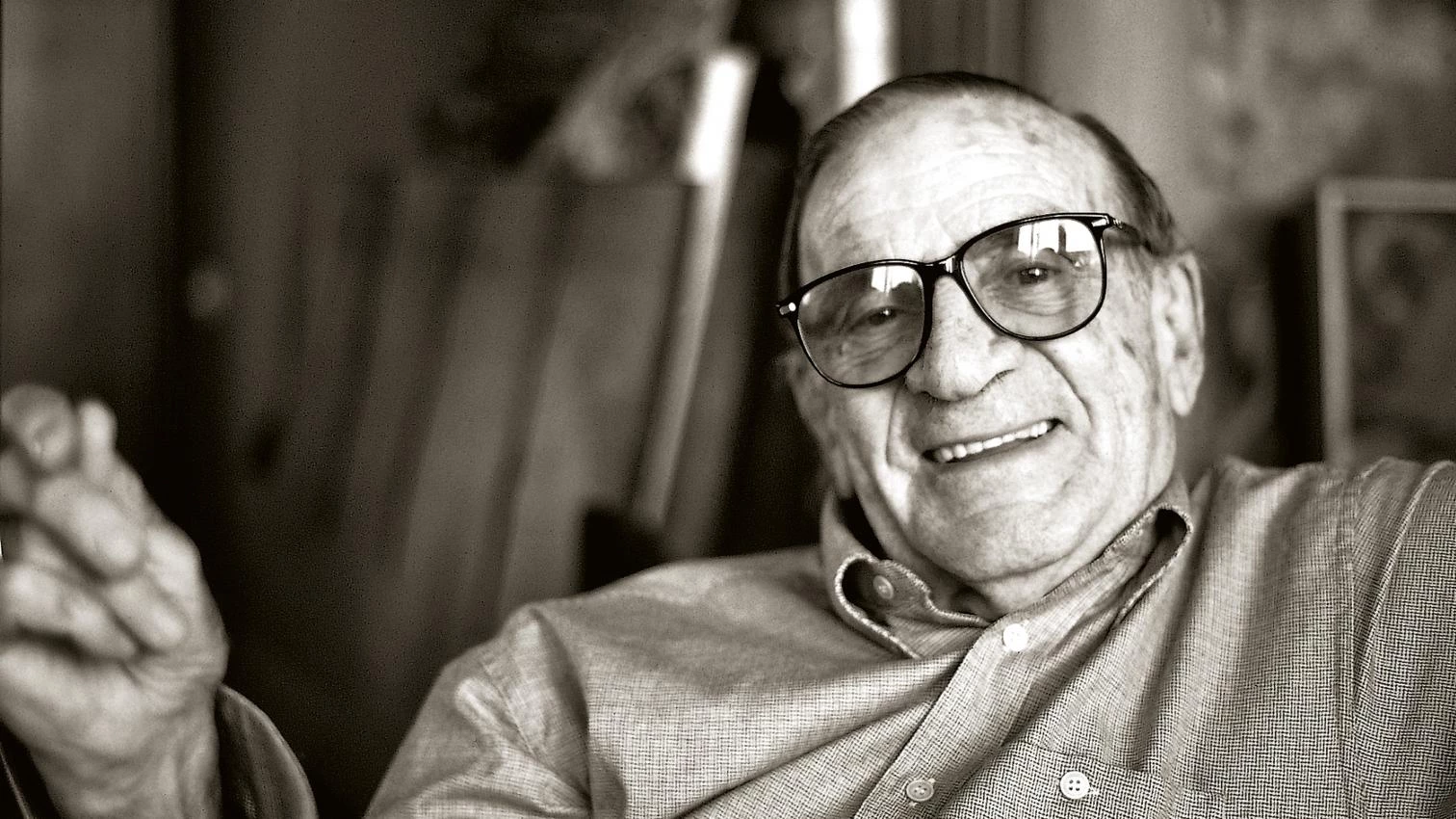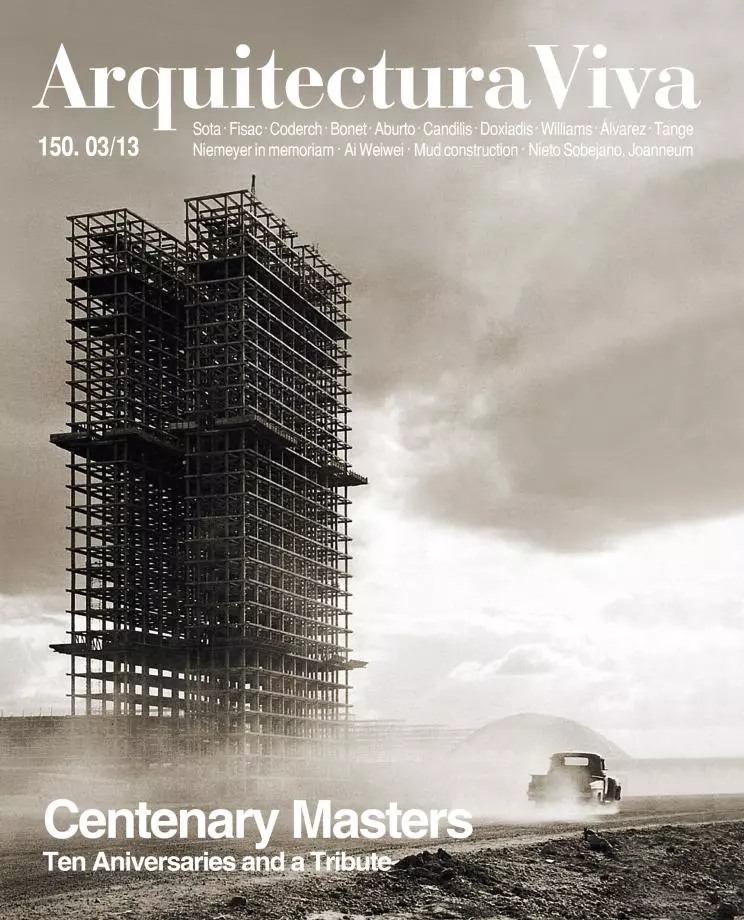Rafael Aburto, 1913-2014
Autistic Modernity

“Aburto Renobales, Rafael de. Architect. Neguri (Bilbao), 2 November 1913. Dead. Second Medal, shared with Francisco Cabrero, 1948.” This quote is from the index of names in the book Historia y crítica de las Exposiciones Nacionales de Bellas Artes celebradas en España (Madrid, 1980). The point here is not the mention of the award won by Aburto and Cabrero for their Monument to the Counter-Reformation – oneiric like their joint proposal for the 1950 Cathedral of Madrid –, but the caustic fact that he was taken for dead. A leading figure of the first postwar generation of modern Spanish architecture, Aburto was alive in 1980 and is today the only survivor of his centenary generation that we can pay tribute to, in person, for a long, intense and silent trajectory. Unlike Cabrero, Fisac, Coderch and Sota, Aburto was always a figure in the background, a great supporting actor. Why? This Basque from an affluent family came to republican Madrid to be an architect, paradoxically, without wishing to. Driven by social and family pressures, he entered a field he was never comfortable with. As a close look at his professional career over five decades confirms, for him architecture was rather an excuse, a vehicle for expression and discovery, for an unhurried, progressive purification of form toward the abstraction of the modern language; a purifying process spiced up with manifestations of his unwaivable artistic identity. Historiographically Aburto is a secondary personage because that is what he wanted to be, not because of any doubts that may be thrown on the quality of his architectural production...





